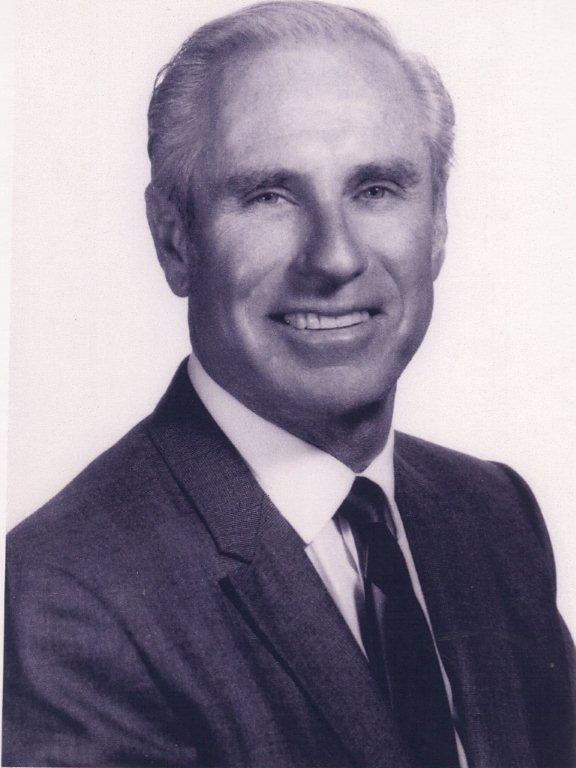In 1942 Gordon joined the Radiation Laboratory at the Berkeley campus. He worked at the Davis campus as well. Gordon was one of the first research scientists selected to go to Oak Ridge, Tennessee on the Manhattan Project. He was granted permission to drive his car in lieu of taking the train if he took John Morfitt, a liaison chemical engineer with him. Gordon and John arrived at Oak Ridge in April, 1943 and their badges reflect that early arrival. Gordon’s badge number was 129, and John’s was 122.
On the Manhattan Project Gordon’s work embraced all phases of the pilot stage of mass separation of the isotope U-235 but was primarily directed toward high vacuum sublimation-purification of source materials used in the ion beams of the converted 200 inch cyclotron. Gordon contributed to the chemistry and analysis of new uranium compounds and served in production-recovery problems. He designed production high vacuum systems for the purification of enriched materials, and was successful in ridding rare earths and nitrogen from the uranium product being sent to Los Alamos. His work on the nitrogen analysis was with a batch of actual uranium product being sent to Los Alamos, and was conducted in his laboratory with an armed guard at his door for the entire duration of the analysis. It was successful. Later he devised a successful method to remove carbon from the uranium being used for the Hanford Project at Oak Ridge.
Gordon remained at Oak Ridge until 1947 where he was engaged in research in time-of-flight and trochoidal mass spectrometers for analytical work. He co-authored unclassified publications relating to these developments.




